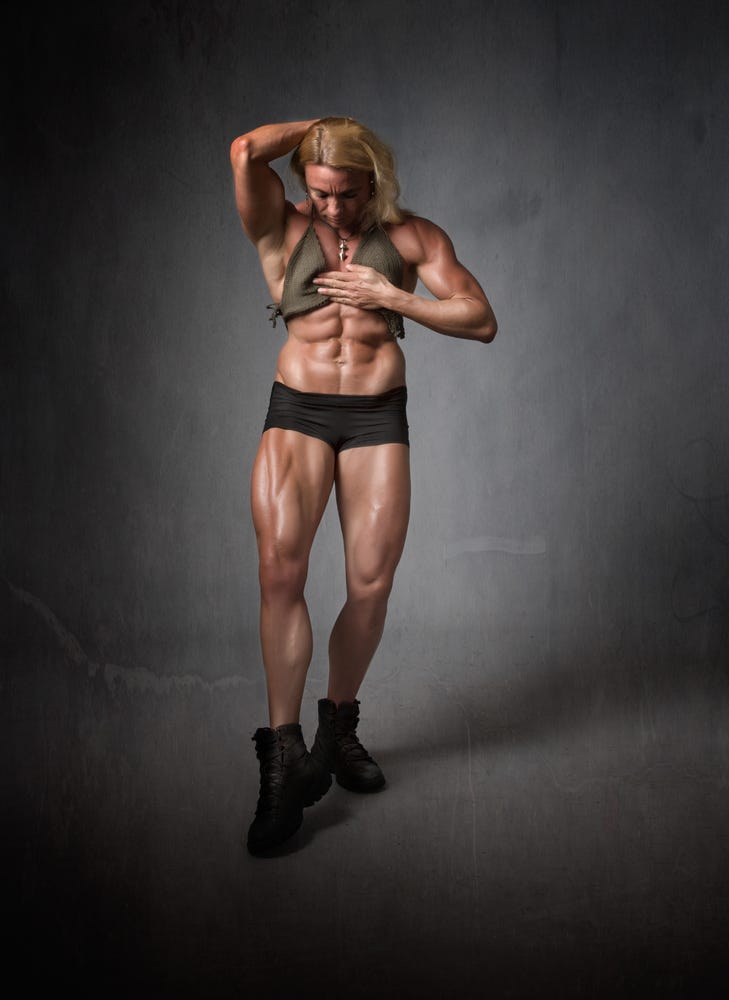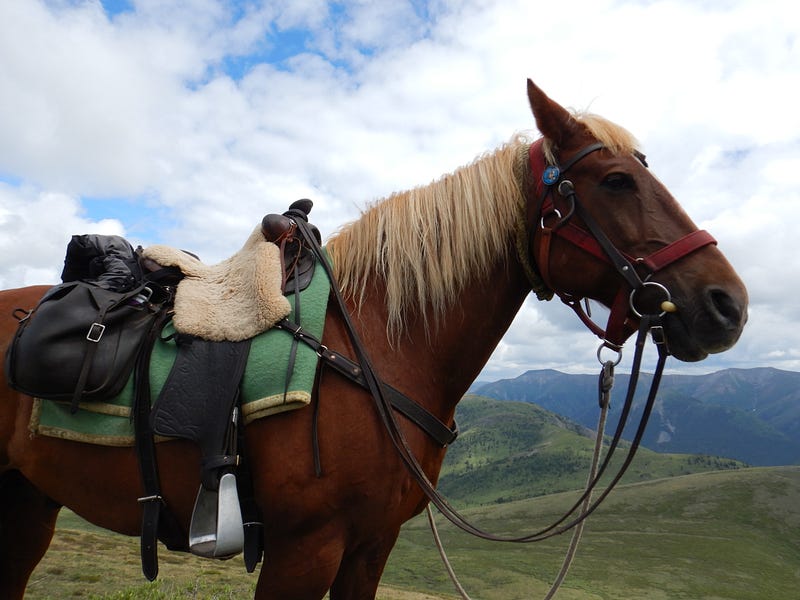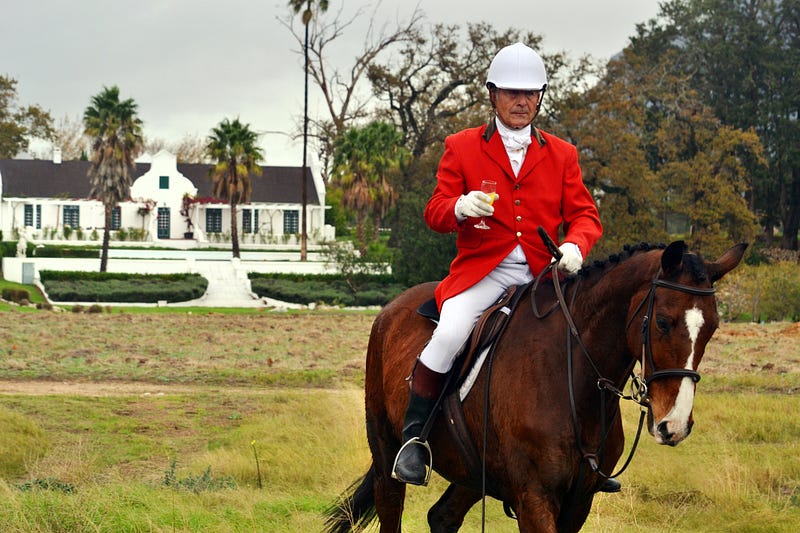
Red, the lively sorrel Saddlebred, bucked again, his ears flattened, his muzzle going for the fence. The bright sun beat down on both of us as I settled back into the saddle, dinked his face and continued to ask for the trot.
Come on buddy. Let’s go buddy. Easy buddy.
Calm, low volume, soft on the reins unless he starts to buck. He wears a martingale, which helps keep him from breaking my nose. He likes to throw his head, which intimidates other riders. So does the bucking.
A constant conversation. Red hasn’t been ridden regularly, and it’s been weeks since his owner, a friend who owns the stables, has had time to work on him. Like most high-spirited horses, he does a lot better with consistent work.
As do we all.
I turned Red towards the poles on the ground and clucked. He stops arguing when he gets distracted. He really, really wanted to get back to his paddock so he could be with his buddy Toby, a horse in terrible pain.
While I understood Red’s behavior, he needed training. He’s going to be sold as soon as I can calm him down and make him safe for other riders. Rookie riders, specifically.
We worked for more than ninety minutes. He’s not ready for the canter, but he has the trot from the gods. As soft and sweet as a summer rain. So soft your butt hardly leaves the leather.

What a contrast to Comet, whom I rode for most of four weeks in the Canadian wilderness.
Comet, whose personality was very similar to Red’s, had also been misused. Rookie riders who are not accustomed to a highly-spirited horse will saw on the reins, hardening a horse’s mouth and making him nervous as a first-time groom (apparently that gets easier by the fifth marriage).
It took me a few days to calm Comet down. But he did.
We trotted a lot. All day, every day. So I had a choice. I could use that time to work on my riding skills, or come home with my dentures ground down to the gums. I chose to work on my skills. I like to eat crunchy things.
As anyone who has ever taken lessons from a really good trainer can attest, learning how to post can help.

Learning to post bareback, or in your saddle but without your stirrups, well then. Welcome to my world.
You want strong thighs? Have at it.
Posting bareback or without stirrups will definitely put hair on your chest.
The idea for posting is that you grip with your legs (ideally) and lift your body every other step, which reduces both the impact to your horse from your butt but also makes riding the trot on a rough horse a lot better. Proper form is actually damned hard to master, particularly if you compete (my hand is NOT up). The point is to use the legs, not the stirrups. If you’re a rider, you use the stirrups. Equestrian, you use your legs.
And people say all you have to is sit on a horse and say giddyup. Yah. You do that.

Four solid weeks, six to seven hours a day. Lots and lots of trotting. I gripped Comet’s body with my thighs and sat the trot, posted the trot.
I had no idea what was happening until I rode Red today.
Given Red’s unpredictability, his propensity to buck and his insistence on poking his head through fences, I rode a Western saddle. A touch easier to stay on if he got antsy ( he did). But still.
Once Red realized that I wasn’t going to yield, we trotted barrels. Trotted circles and figure eights and cloverleafs. Trotted over poles.

For ninety minutes.
Most of which I didn’t use my stirrups. Posted. Thighs and knees.
Red calmed down. Was responsive. Got pets and praise and the odd apple biscuit.
Funny how a calm rider will calm an upset horse. Takes work. Worth it every single time.
Red gave me one hell of a workout. I rewarded him afterwards with a few more biscuits, an ear rub and nice cool washdown.
And of course he immediately rolled, after touching noses with his buddy Toby.
I went to the gym. I was shocked at how powerful my legs were.
Funny how posting without stirrups will turn 66-year-old legs into steel machines.
Now I need to go shave my chest.
So how was your summer vacay?

Comments powered by Talkyard.